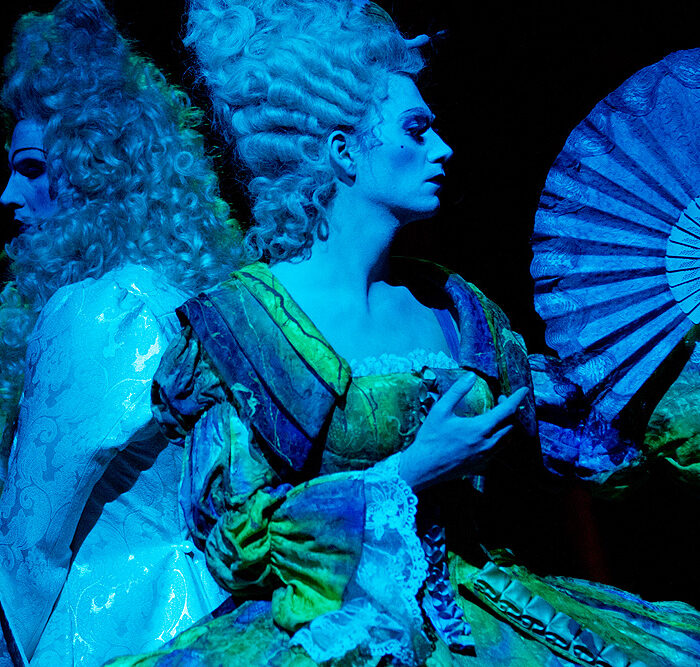
Artist Profile: Dramatic Soprano Deborah Voigt
By David SalazarDeborah Voigt is one of America’s most renowned artists.
The soprano was born on August 4, 1960 to a religious family in 1960. Her career took a gradual course, though the soprano rather openly talks about her problems with confidence and her weight issues throughout her formative years in her biography “Call Me Debbie, a must-read in which opens about her entire career. She would score major vocal successes regardless, becoming a Met fixture in the 1990s and winning the Richard Tucker Award in 1992.
But controversy struck in the early 2000s when she was fired from the Royal Opera House, Covent Garden because she could not fit in a “little black dress” in “Ariadne auf Naxos.” It created quite a PR firestorm and a few years later, Voigt underwent surgery. Her voice changed dramatically, though she continued to sing for years thereafter. She even got to wear the “little black dress” in another revival of “Ariadne” at the Royal Opera House.
In recent years, the soprano has taken to teaching.
Major Roles
Voigt has been renowned for her work in the German repertoire, specifically the operas of Strauss and Wagner. She scored major successes in “Ariadne Auf Naxos” early on in her career, though some of her greatest feats came as Isolde in “Tristan und Isolde.”
The soprano was also a renowned interpreter of Minnie from “La Fanciulla del West,” a role that she proclaimed as being one of her favorites.
In her biography, she noted that singing Brünhilde in the Ring Cycle was a dream come true, though she only ever sang it in New York.
Read More on Voigt
Read More On her Wagnerian Roles
Watch and Listen
Here she is with Luciano Pavarotti in a duet from “Un Ballo in Machera.”
And here is an interview with insight into her career.
Categories
Opera Wiki

